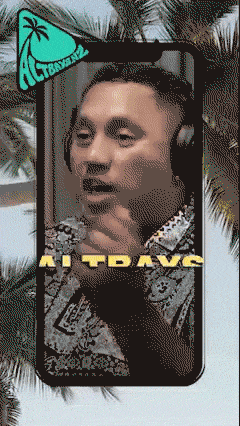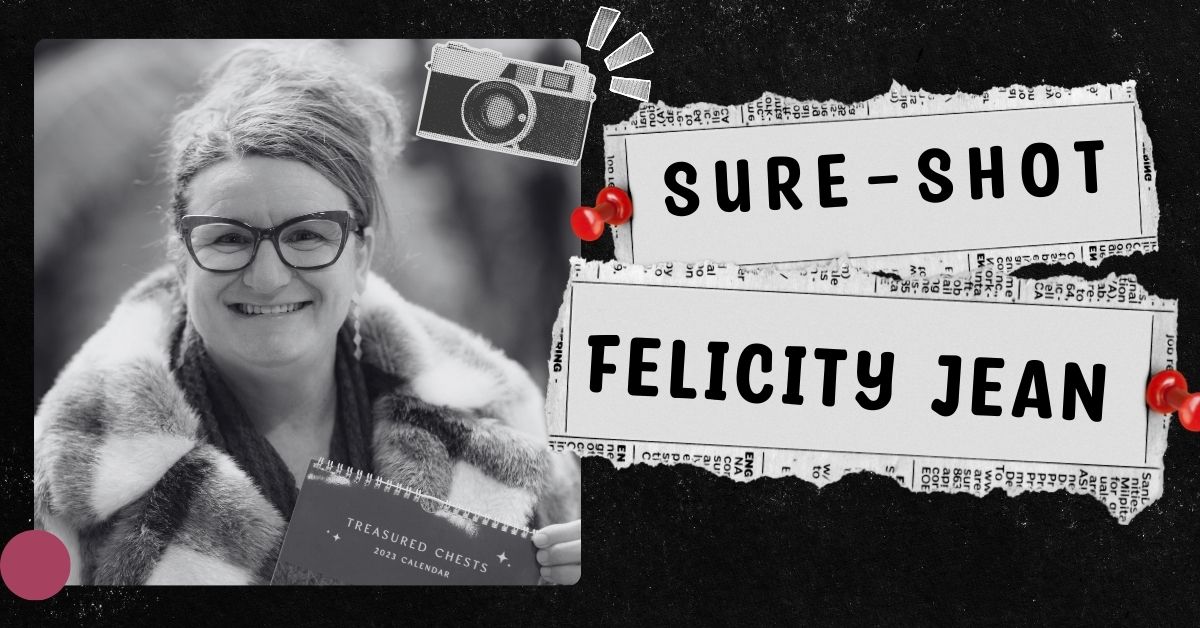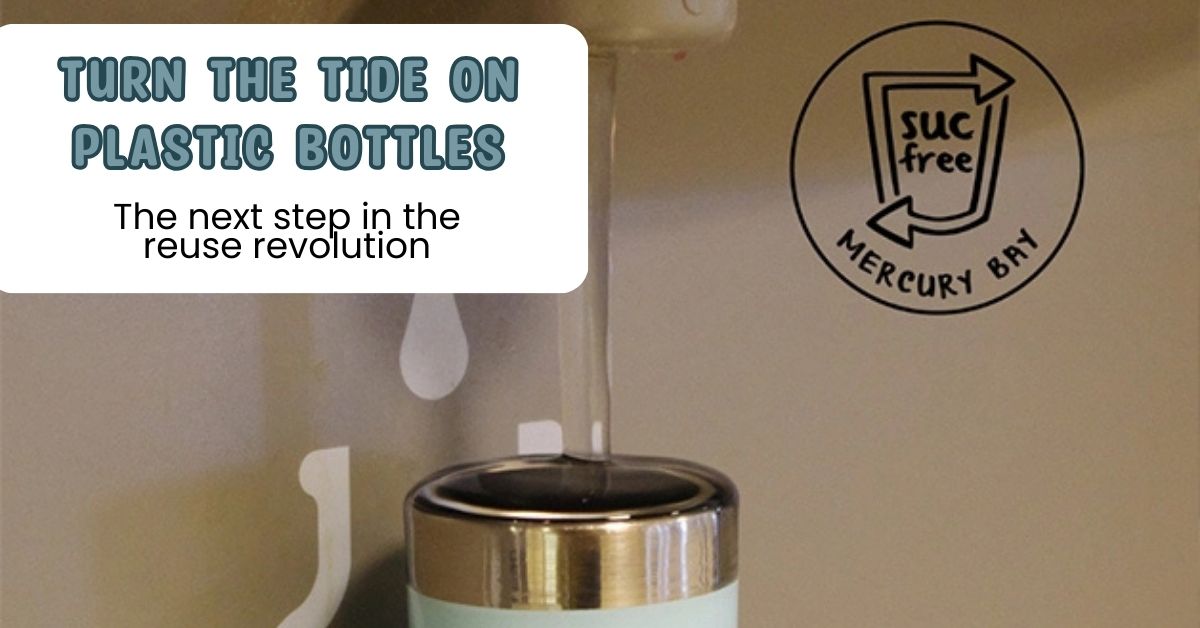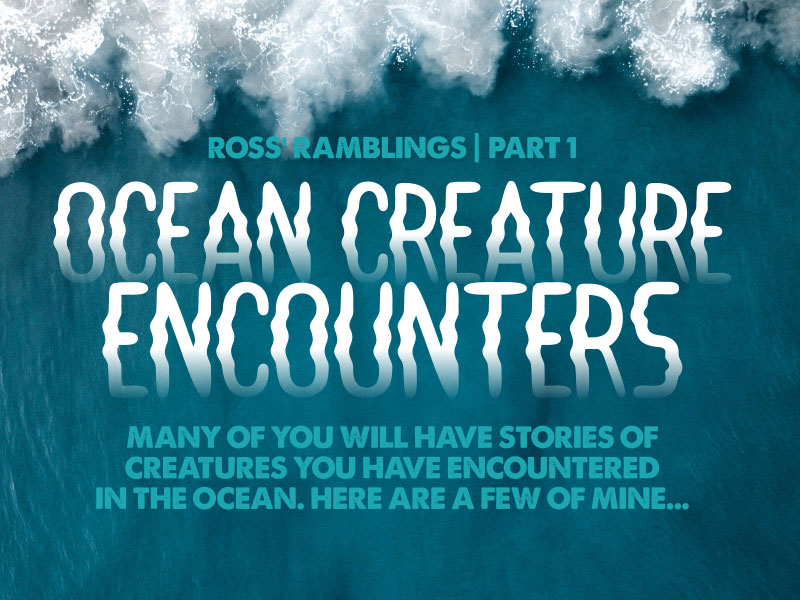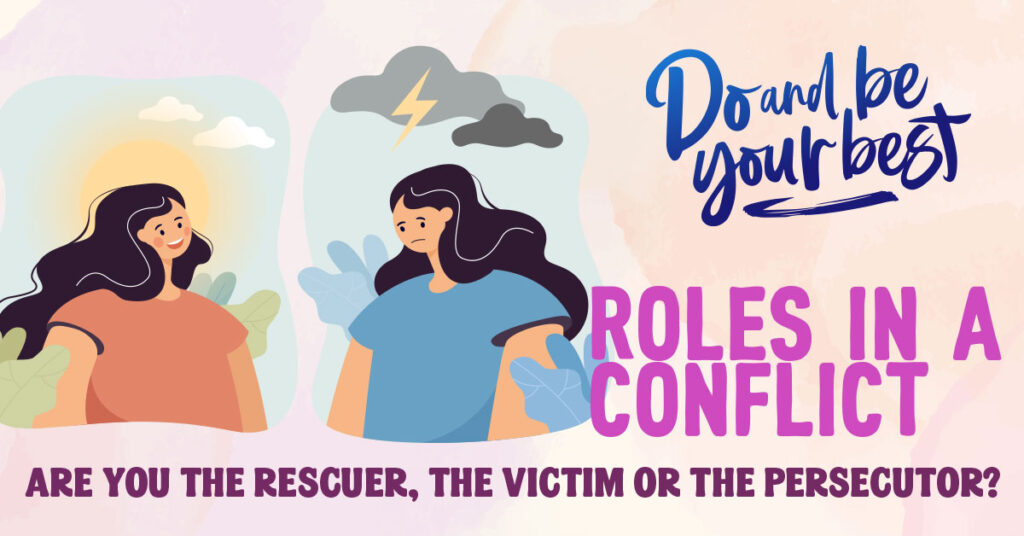
Are you the rescuer, the victim or the persecutor?
We all have different responses to the conflicts and challenges we face. Some people fly through them unscathed; others get bogged down, avoidant, frustrated, tearful or just wish it would all go away.
This model, based on Stephen Karpman’s ‘Transactional Analysis’, might help you see your typical response to conflict. Karpman’s Drama Cycle or Drama Triangle suggests that there are three roles present in a conflict.
The Rescuer
“I can help here”, “Let me give you a cuddle”, “Oh dear, I didn’t mean to upset you” are typical responses from this position.
At best, this is the role of a peacemaker wanting to reduce the other person’s pain and help them feel better. It may not resolve the conflict, but it may help the other person feel better and that has its place.
At worst, it is based on trying to prevent further conflict by getting things back to a stable state. Stable, but not necessarily better! The issue gets put away or swept under the rug until next time it is triggered and the same conflict arises.
And what motivates this response? It can be genuine caring for the well-being or safety of another, the prevention of harm or to provide comfort. But it can also be underpinned by fear that further harm will be done and someone will be hurt, emotionally or physically, if the conflict continues.
The Victim
“Help me, I’m in trouble, things are going badly for me and I need someone to help because I’ve run out of ideas and am feeling powerless.”
The person in this role is feeling hurt by the conflict as well as the issue itself, seeing or experiencing themselves as the victim of them both. A person in this role may have run out of steam, resilience or hope. It’s not a great place to be! There don’t seem to be any solutions, things are unchangeable and “I’m stuck!”.
And what leads to or initiates this response? Often, it’s a feeling of being unloved, undervalued or powerless. These feelings may be based on actual events or a person’s perception of their situation. And the underlying emotion is usually sadness.
The Persecutor
“Let’s sort this out”, “We just need to stop messing about and take a few simple steps”, or “Do what I say and everything will be okay”.
While often well-meaning, this approach can be experienced as aggressive, thoughtless, arrogant or just plain unhelpful. It can lead to higher levels of emotional arousal for all parties and may not help find a way forward.
And the motivation? To act, to do something, to blame someone, to make sure that everybody else understands what’s really going on. The role is usually underpinned by anger, that powerful emotion which can catch any of us unawares, sometimes with only the slightest provocation or at the worst possible moment.
These three roles are not necessarily static positions that we take and hold. People often swap roles during a conflict, moving from say a powerless victim to a persecutor threatening violence. A rescuer can become a victim if nobody wants rescuing and a perpetrator can switch to a victim role and burst into tears with words like “This is all my fault”. And round and round it goes!
Sound familiar? Seen it lately? In your life? In someone else’s life? At work? In politics?
The challenge is ‘How do we break the cycle?’. We’ll cover that in another article!
And in the meantime, next time you’re seeing or involved in a conflict, notice the roles being taken, especially by yourself. That’s the role you have control of, the one you can change, the one you can step out of.
Give it some thought.
Catch you next time, Cheers, Dave.
For more information or support on this topic you can contact me at: daveb@potential.co.nz
Words by Dave Burton
Coromind: Coromandel’s Collaborative Magazine

Help us take Coromind Magazine to new heights by becoming a member. Click here
Change the Weather for Your Business: Advertise with Us.
Advertise your business in the whole Hauraki Coromandel in the coolest Coromandel Art Magazine, from Waihi Beach/Paeroa /Thames up to the Great Barrier Island.
Advertise Smarter, Not Harder: Get in Touch


